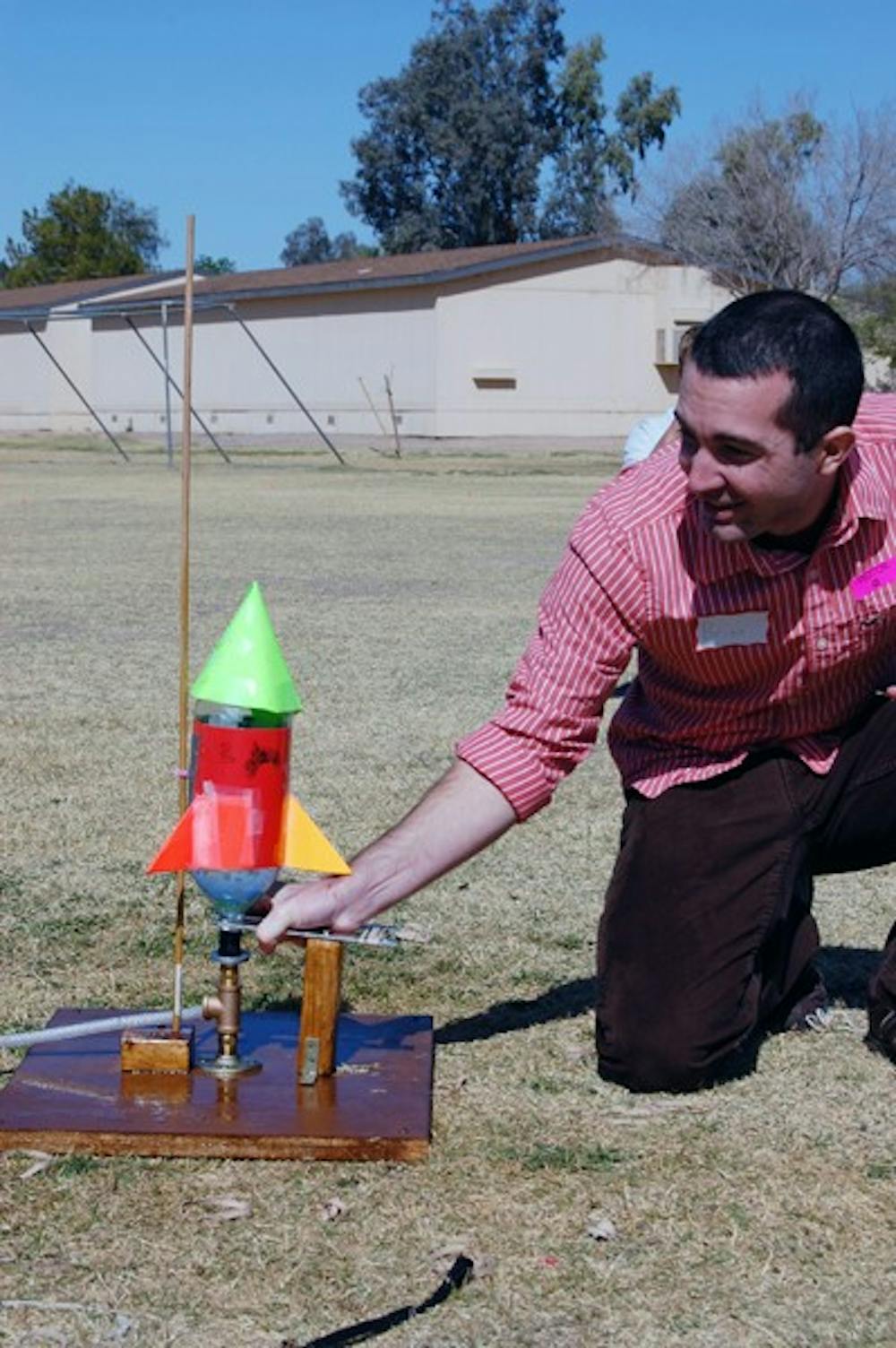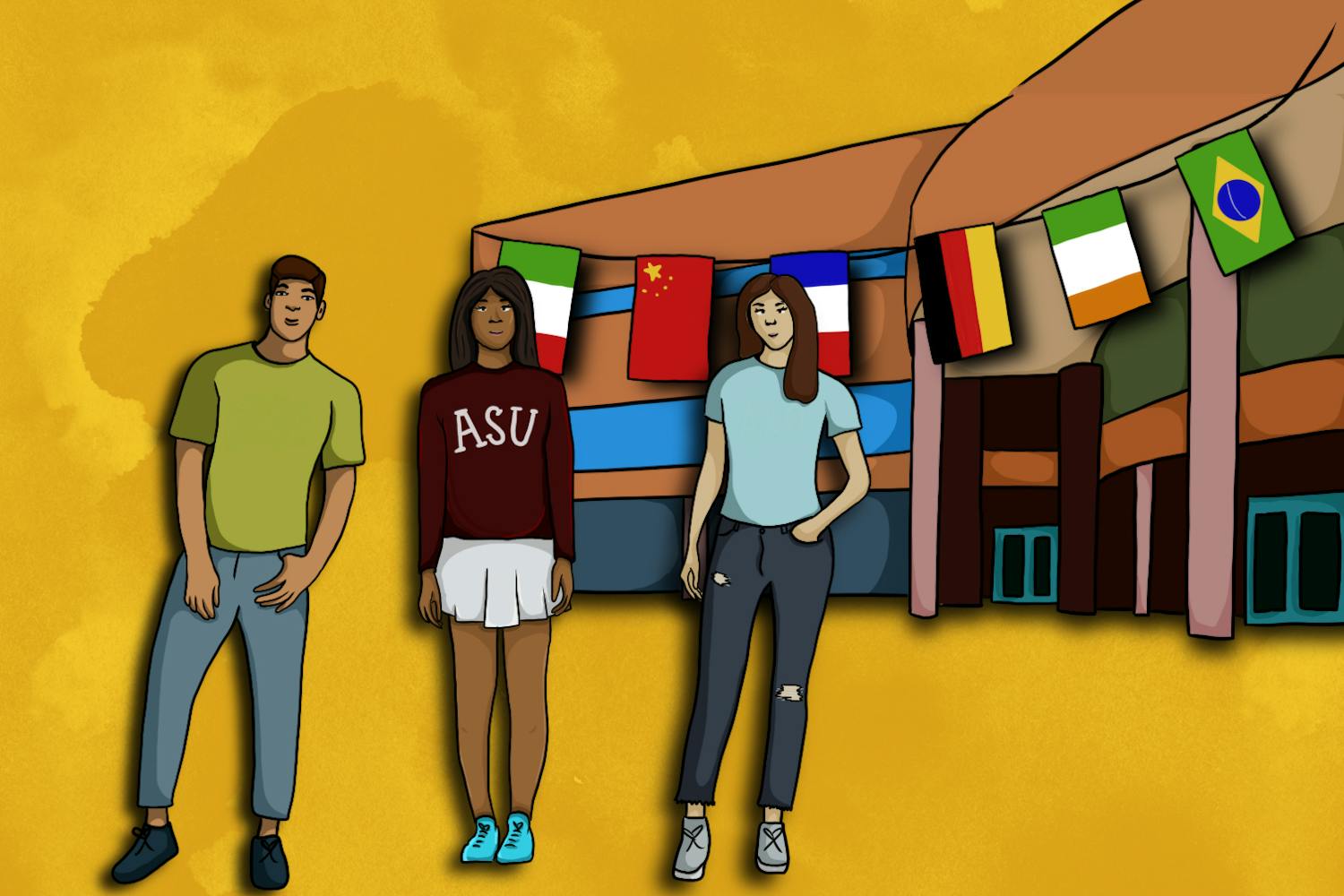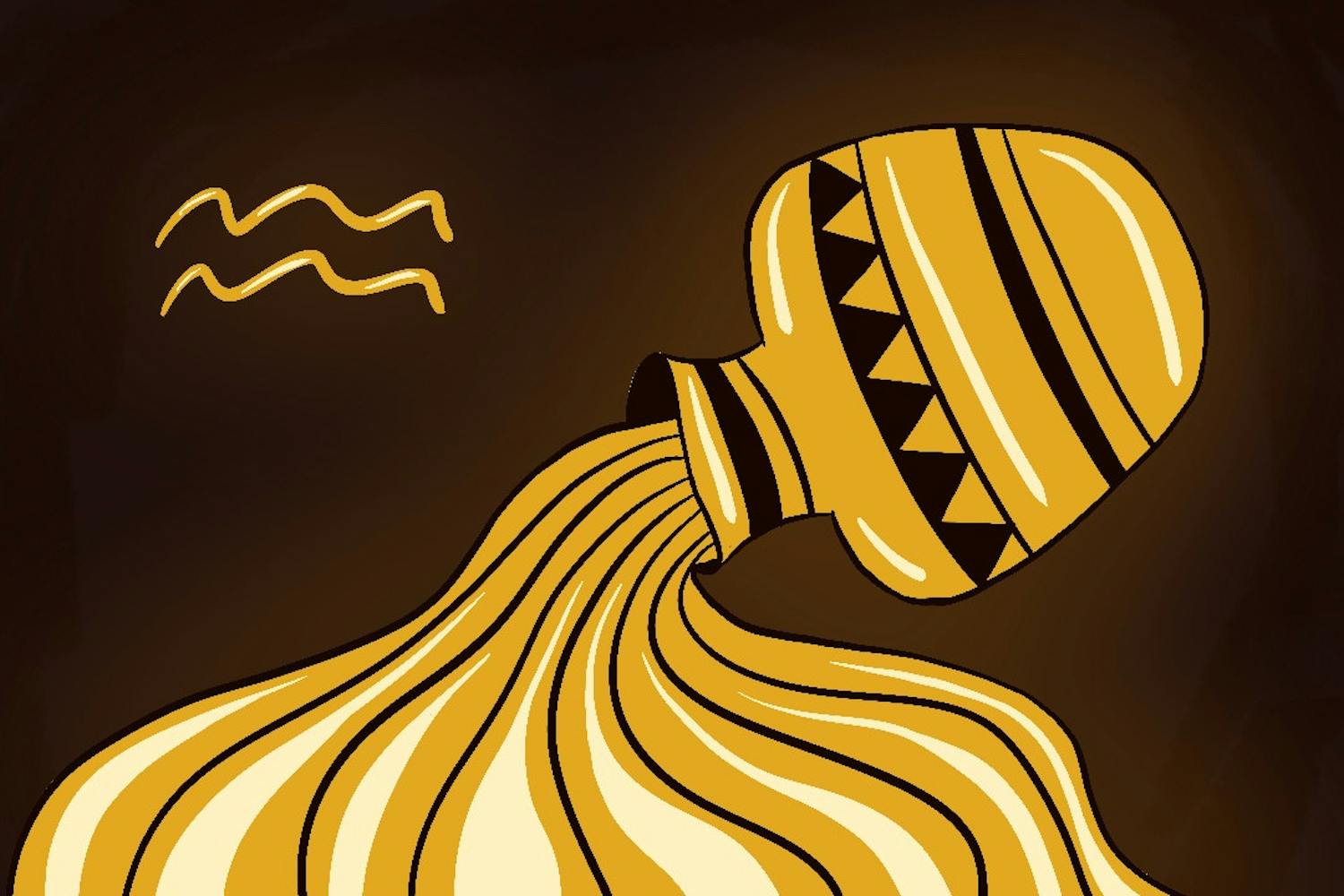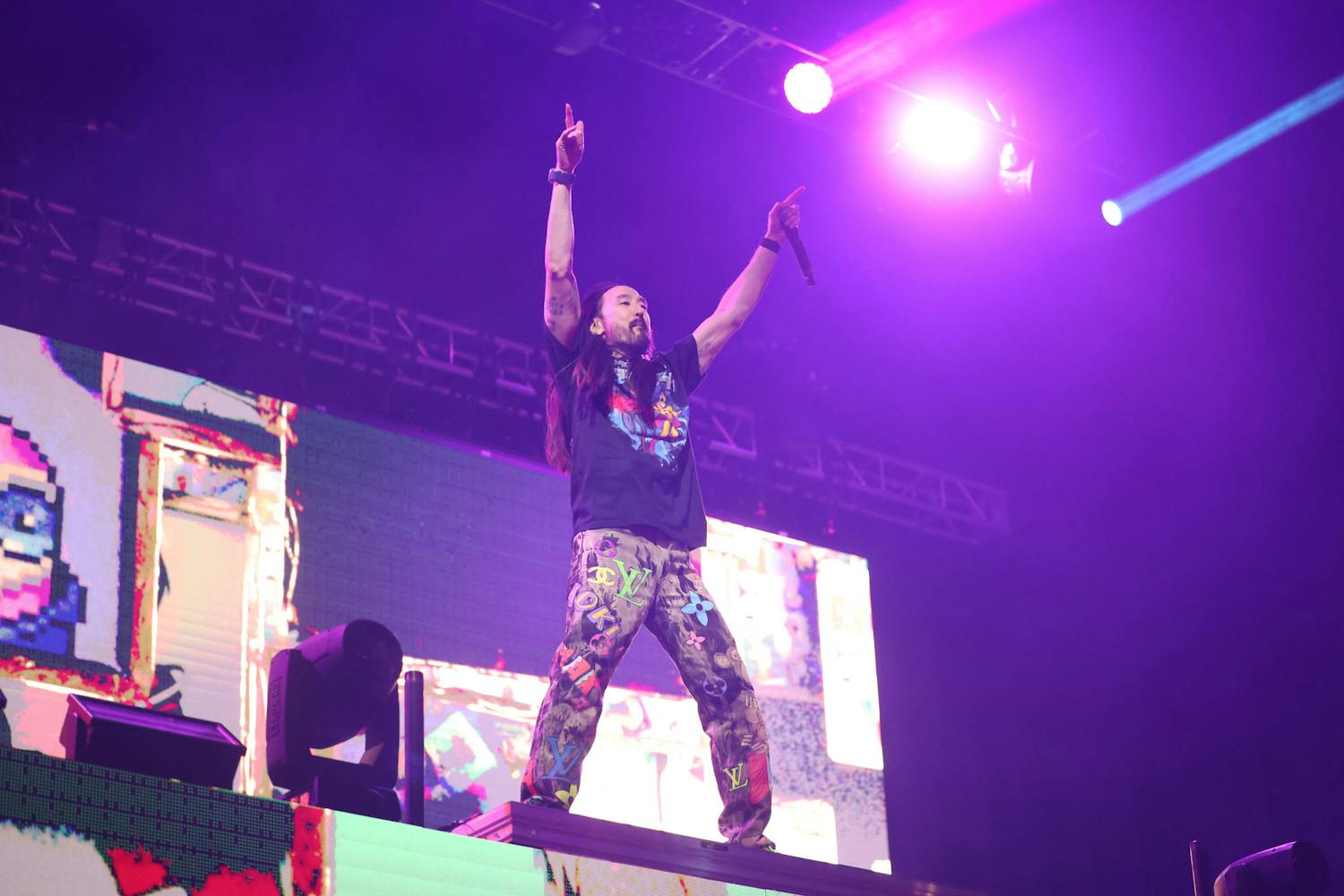“Five, 4, 3, 2, 1 — blast off!” the sixth graders at Sanborn Elementary School and ASU graduate students chanted as their florescent soda bottle rockets blasted into the air Thursday.
The soda bottle rocket project was the final activity in the Arizona Science Outreach ’s eight-week program created by ASU graduate students Christopher MacGriff and Stephanie Cope, with the help of 20 other ASU science and engineering graduate students.
The program promotes science and math in Valley classrooms.
ASU students met with the Sanborn Elementary School sixth grade students in Chandler every Thursday during the program to work on the curriculum’s three projects: the Egg Bungee Jump, the Mousetrap Car, the Egg Cradle and the Soda Bottle Rockets.
“I called it the Cloud Buster 300,” sixth grader Alli Pangaladan said about the soda bottle rocket she worked on.
Pangaladan said the classroom rocket project inspired her to make an “aerodynamic” rocket at home with her dad.
“In the classroom we had the lesson, but (the students) took it further,” Pangaladan said.
MacGriff said the program required the student group to create a curriculum that met with the Arizona State Board of Education requirements.
“Instead of an after-school program for science enthusiasts, we came to the classroom and taught the material they had to learn, but we taught it in a hands-on way,” MacGriff said.
Arizona Science Outreach’s purpose is to show students that science is not beyond their reach by teaching them basic concepts such as conservation of energy and thrust, he said.
“I had role models who were passionate about science, and I am happy to share my enthusiasm with the next generation of young scientists,” MacGriff said.
Sixth grader Lindsey Lipman said her favorite project in the program was the mousetrap cars.
The cars taught them the basic physics of potential and kinetic energy's transition, Lipman said.
“We learned about tangent ratios, forces and projectile motion,” Lipman said. “It’s fun, but an educational experience, too.”
Sixth grade teacher Amanda Mumme said she saw her students get excited about science and math as the weeks progressed.
“The ASU grads were there to guide them toward their goals,” Mumme said.
Co-founder Cope said she and the other graduate students learned from the elementary students how to compromise when it came to conflicting views on designing of the rocket.
“I think kids are much better about that than adults,” Cope said.
Cope said she liked seeing the kids grow to like math and science.
“The most rewarding (part) for me was to get them to be less intimidated by science,” Cope said. “The program was good at showing them what it is like to be a scientist.”
Reach the reporter at thaniab@asu.edu
Click here to subscribe to the daily State Press newsletter.





